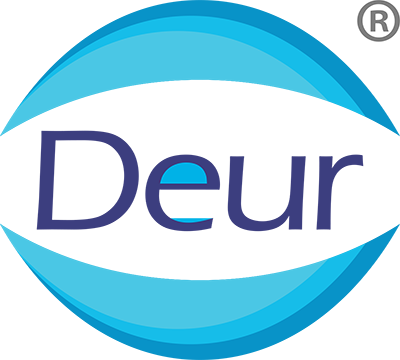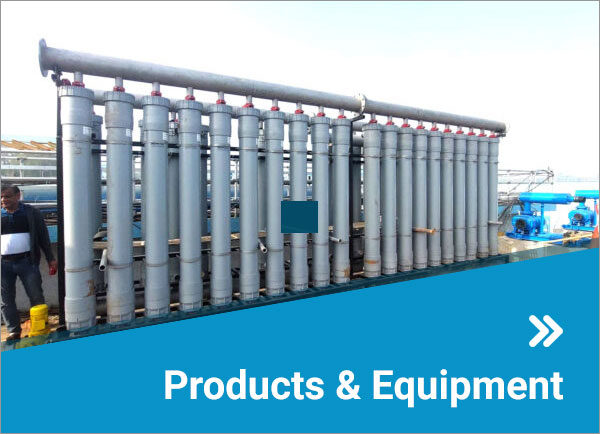
Pharmaceutical
Toxic, Persistent & Regulated — Solved with DeurRR
Pharmaceutical Effluent Treatment Plant: Navigating Complex Chemistry & Compliance
Pharmaceutical wastewater contains a mix of active drug residues, solvents, and complex organic compounds that are difficult to degrade. A Pharmaceutical Effluent Treatment Plant is specially designed to handle this complex chemistry using advanced biological, chemical, and physical processes. These plants ensure strict compliance with environmental regulations by effectively reducing BOD, COD, and toxic loads, protecting both public health and ecosystems while enabling sustainable pharmaceutical operations.
DeurRR Advantage: Advanced, Zero-Chem Residual Solution
Impact Snapshot
Pharma-Grade Purity with Nature-Grade Sustainability
DeurRR enables pharmaceutical plants to meet the most demanding global discharge and reuse norms—while eliminating the need for harsh chemicals, reducing sludge costs, and building a safer, compliant water footprint.


